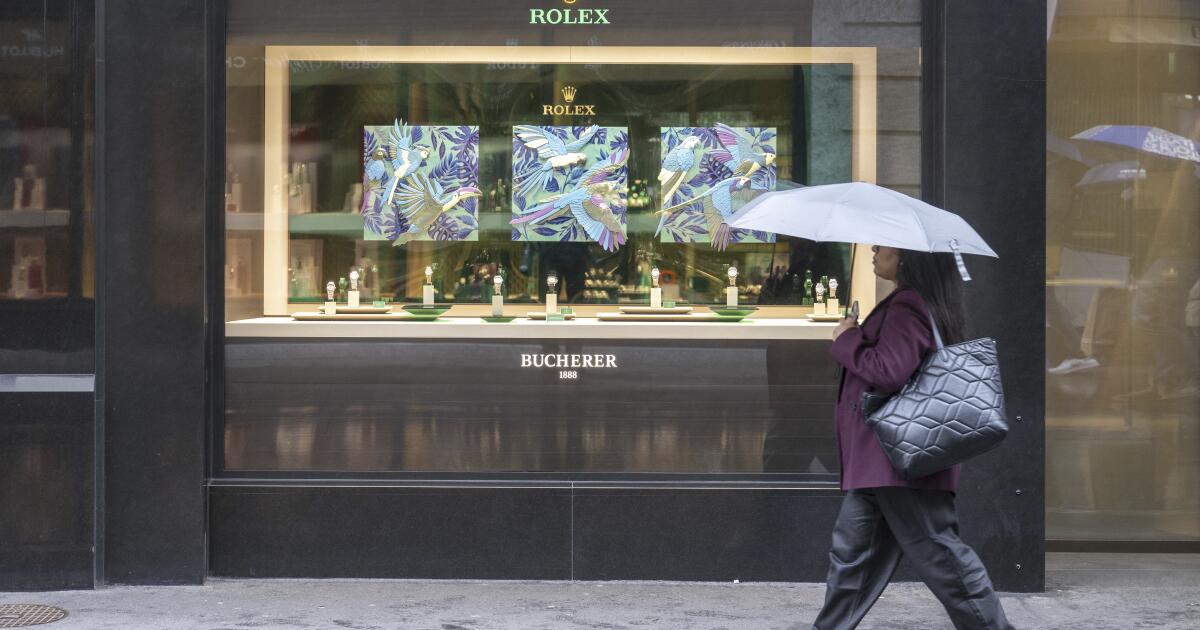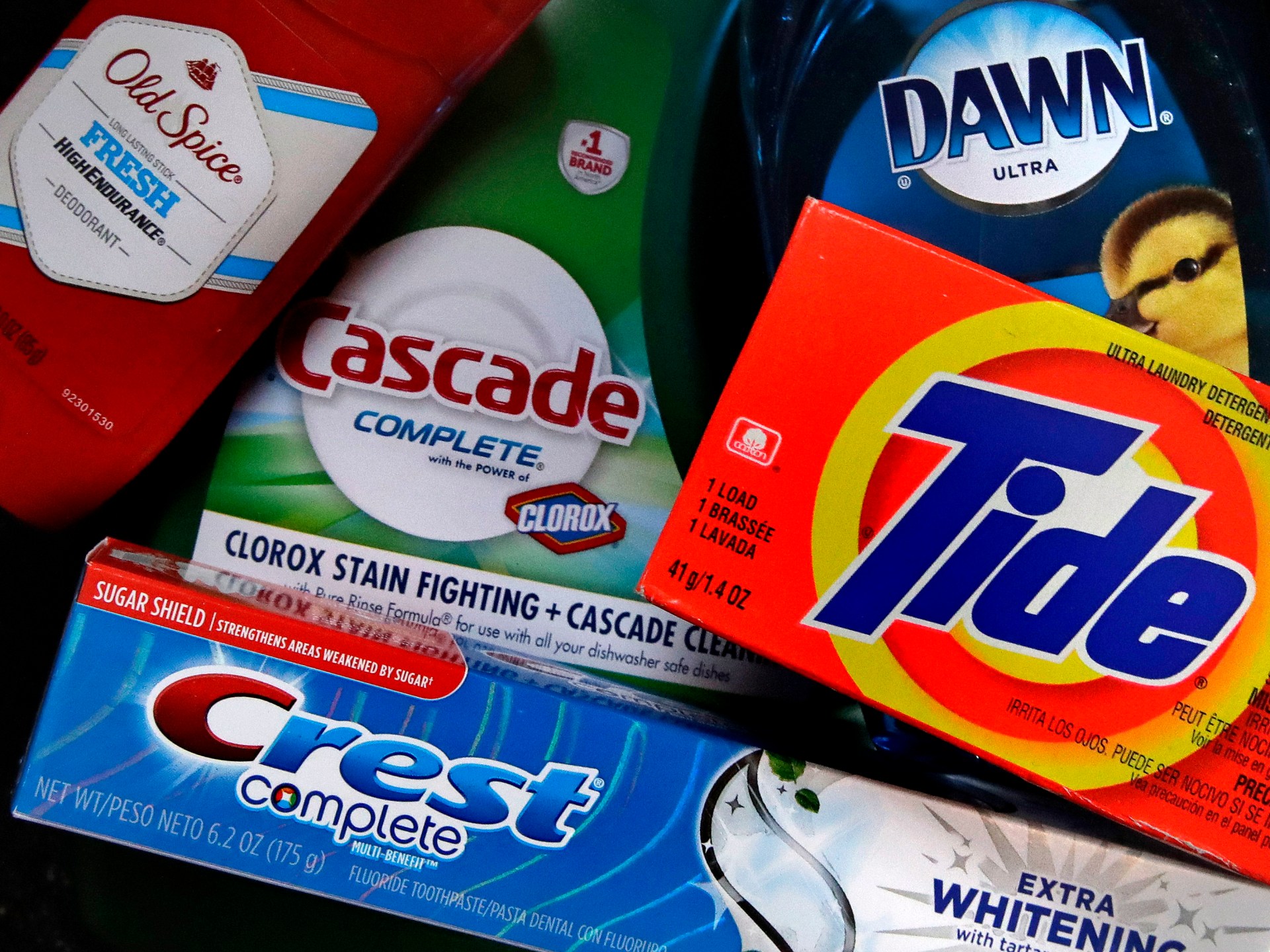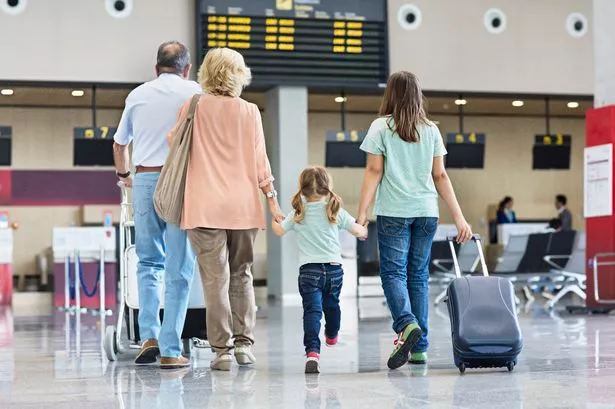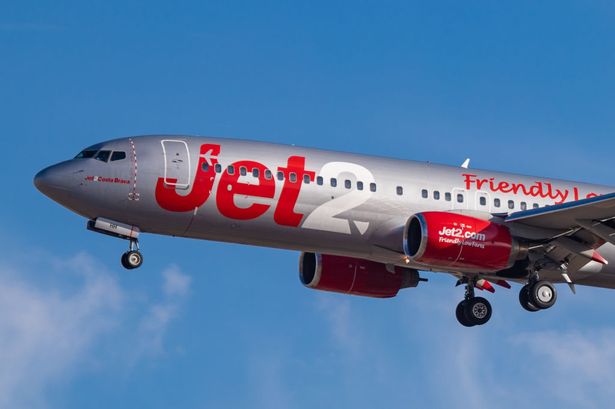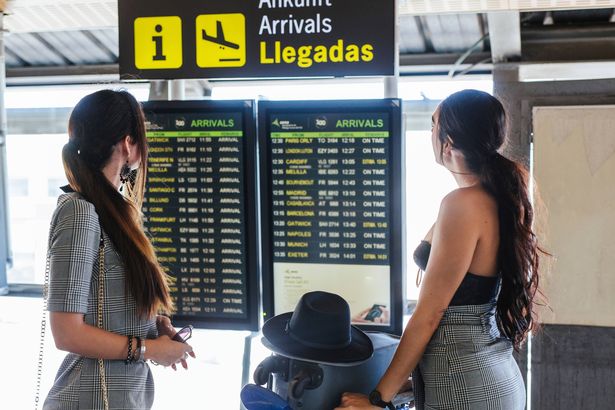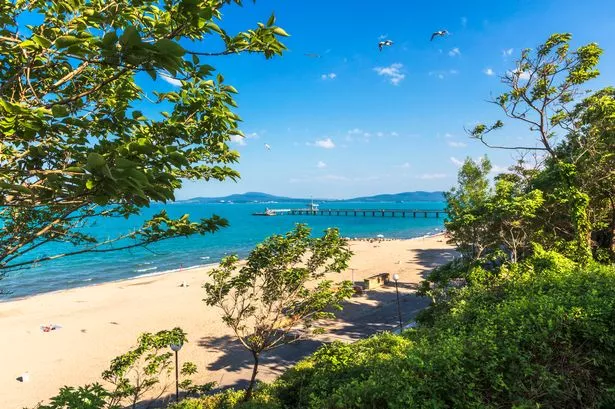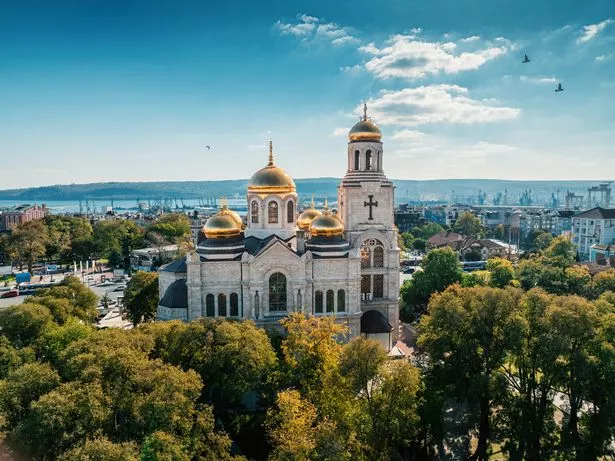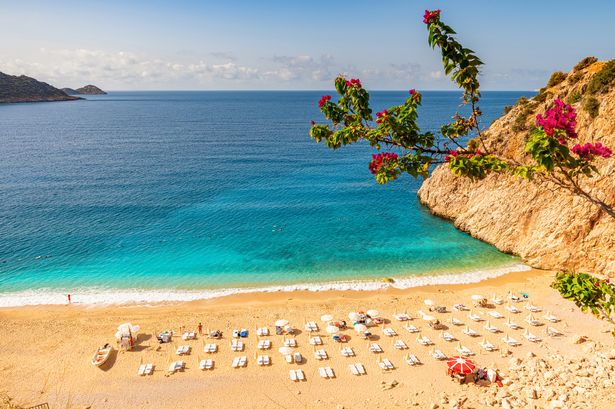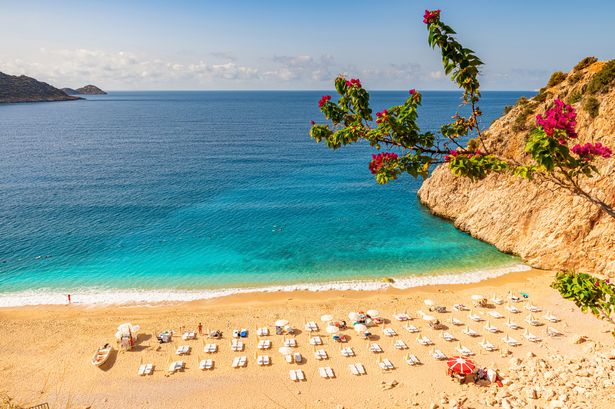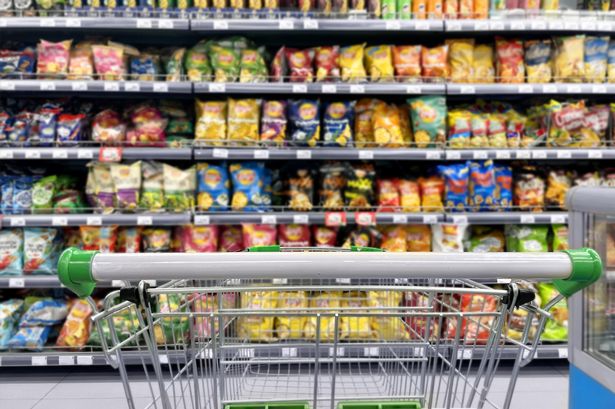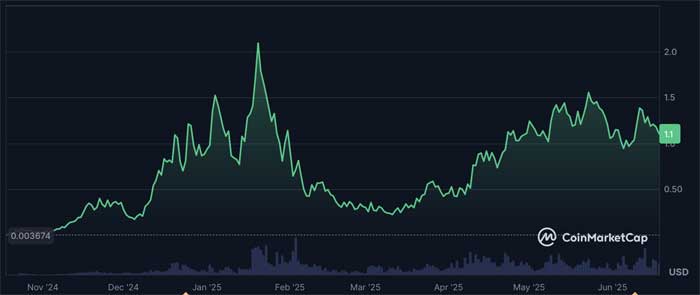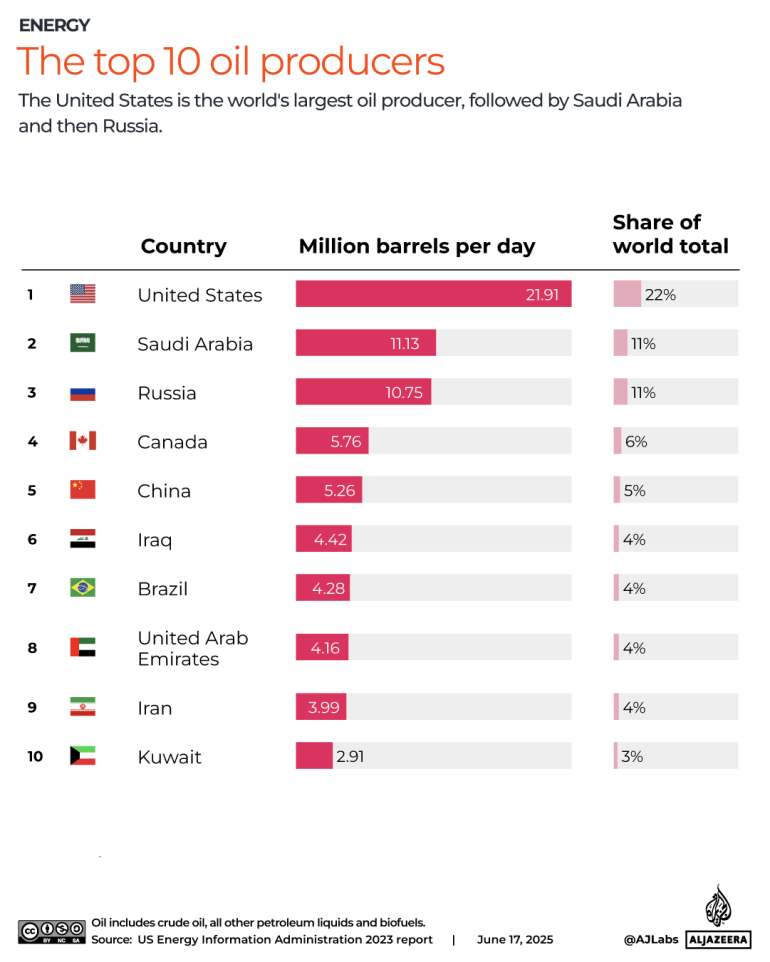The difference in price between breaks during the summer holidays and those when most state kids have to be in school has long been a sore point for parents
British families face forking out £388 more per person if they don’t break school rules and head away during term times.
The difference in price between breaks during the summer holidays and those when most state kids have to be in school has long been a sore point for parents.
New research has revealed just how big the price hike facing families still planning a getaway during the school summer holidays this year is. The figures reveal that summer holiday package prices rise by an average of 15% when compared to term-time travel – equal to an extra £338 per person.
According to the study, a family of four will pay an additional £716 on average if they travel during a school half-term or holidays across the year, compared to travelling in term time. It also finds that this number rises even further during the six-week summer break, when travel costs increase the most.
Do you take your kids on holidays during term time to save money? Email us at [email protected]
READ MORE: Schools to give pupils extra WEEK off so ‘families can go on cheaper holidays’
Go.Compare analysed package holiday prices for popular European family destinations, uncovering the cost to parents who want to travel during school holidays. The comparison site found that prices increase by 9% per person overall during school holidays.
The average price for term-time packages to family-favourite destinations like Spain, Italy and France is as low as £290 per person. Meanwhile, the lowest average package price during school breaks sits at £384 per person – close to £100 more per person.
Trips to Spain saw the largest spike in costs, with holidaymakers charged 27% more per person – an increase of £496 – if they travel during the summer break. But across all the school holidays, Greece was the most expensive destination, with a median price of £2,329 per person.
Package price increases for the summer holidays
(Destination; Summer increase (%); Summer increase (£ pp))
- Spain; 27%; £496
- Italy; 7%; £152
- France; 3%; £57
- Greece; 24%; £646
Due to rules around unauthorised absences, the sharp rise in prices is particularly concerning for parents who would otherwise be faced with fines for removing children from school to travel. Without authorisation, a family of four could be fined up to £640, depending on the rules for their council.
READ MORE: Grandparents can bag £6,600 boost for looking after grandkids over summer holidaysREAD MORE: Full list of places where kids can eat free or for £1 during the summer holidays
Despite these risks, more than two out of five (44%) parents and guardians said they have, or would consider taking their children out of school for a family holiday. More than half (53%) of these parents said the biggest reason for this was to help save on travel costs.[3]
Rhys Jones, travel insurance expert for Go.Compare, said: “The cost difference between term time and school holidays is stark, particularly during the summer holidays. For many families, it’s a choice between affordability and avoiding a fine or even further action.
“Although travelling outside school holidays can seem tempting to save money, it’s important to factor in if the trip might impact your child’s education. You’ll also need to consider the full cost of a trip, including insurance, local travel, food and entertainment.
“Travel insurance, in particular, shouldn’t be overlooked. Prices for cover can vary significantly based on timing, destination and the size of your group. Comparing policies early ensures families can get the right protection without adding unnecessary costs.”
